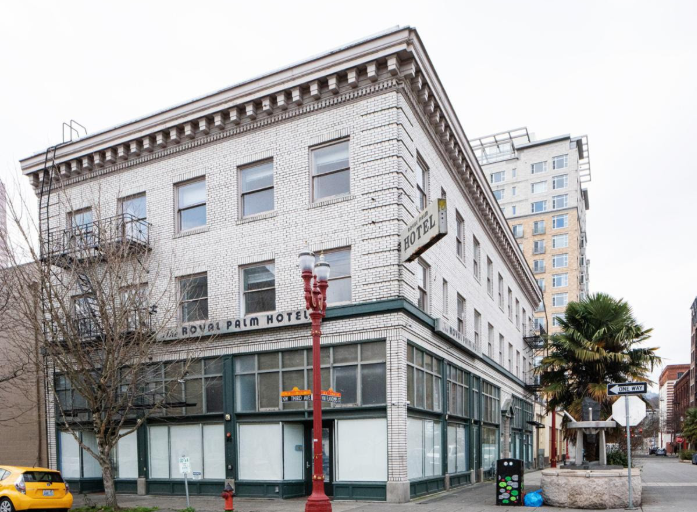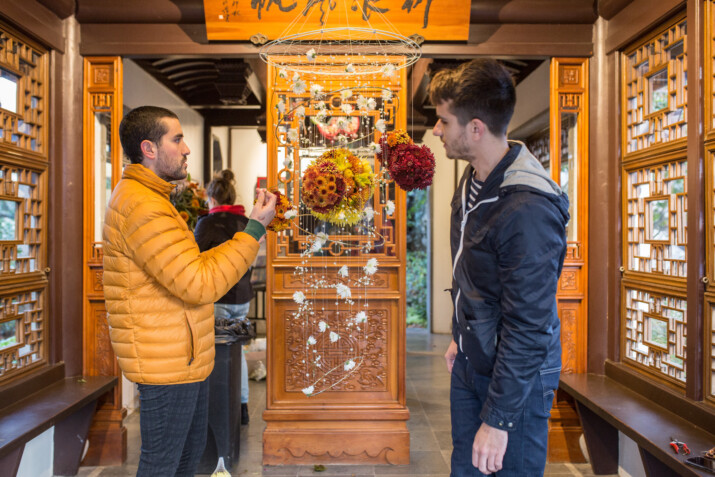Portland, Or. The Architectural Heritage Center announced an important update on a project that leaders say will protect culturally significant and historic structures within Portland’s African-American community from demolition. The Architectural Heritage Center has completed a draft of the National Register of Historic Places Multiple Property Documentation (MPD) form. The MPD will be reviewed at local, state, and national levels in order to protect important landmarks that have had a large impact in communities within downtown Portland and surrounding areas. The MPD form is available for public review and the Architectural Heritage Center encourages readers to contribute with their comments. Pictured above is Royal Palm Hotel, one of Portland’s first facilities to employ and accept African-American guests, which is listed on the MPD form. (Photo credit, Intisar Abioto)
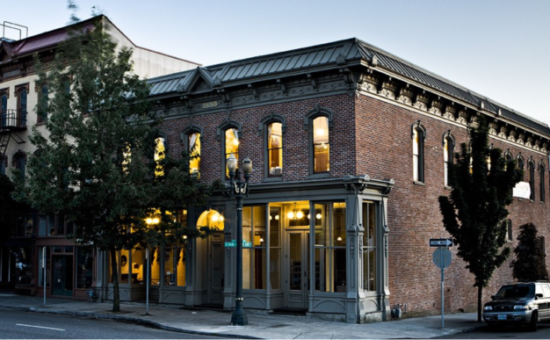
Architectural Heritage Center. Photo provided by AHC’s
Through a partnership between the Heritage Center and the City of Portland’s Bureau of Planning & Sustainability (BPS), the Multiple Property Documentation (MPD) form was created. This document is a National Register of Historic places that groups together resources associated with significant historical context so that property owners can easily list their property in the National Register.
The MPD includes a comprehensive list of different buildings and structures that were a part of the African-American community in Portland from 1865 to 1973. Some examples of the buildings are houses, churches, fraternal lodges, and more. Within the MPD record will also include photographs of selected African American properties commissioned from Portland artist, Intisar Abioto.
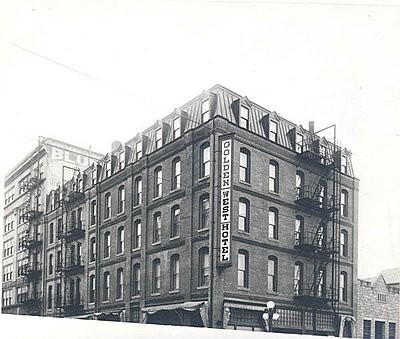
Golden West Hotel on NW Everett St., Portland
Courtesy Oreg. Hist. Soc. Research Library
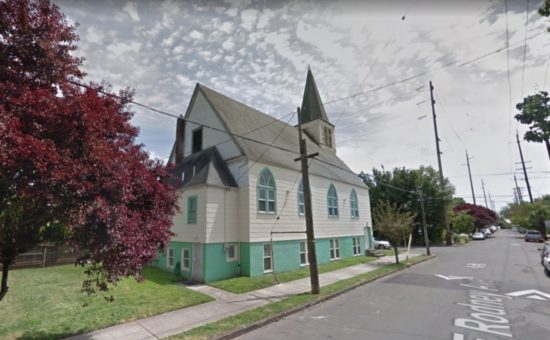
Previously known as the All Nations Community Church in the 1970s, this church is now known as Mt. Gillard Missionary Baptist Church on NE Rodney Ave
A message from the Architectural Heritage Center:
The over one-hundred page MPD draft is made possible thanks to the hard work of a team of people over the past three years. In 2017, the Bosco-Milligan Foundation/Architectural Heritage Center was selected through a request for proposals process by BPS to partner on the MPD. This work was led by Cathy Galbraith, our organization’s founding director and known expert on Portland’s African American history. Sadly, Cathy passed away in November 2018, with the study unfinished. However, with assistance from historical consultants and BPS staff—and with financial support from the Kinsman Foundation and from BPS—the MPD draft is now complete.
The Architectural Heritage Center’s mission is to “inspire people to conserve the art, craft, and context of historic buildings and places to promote our cultural heritage as a vital element of livable, sustainable, communities.” We seek to preserve the historic character and livability of our built environment and to promote sustainability through the re-use of period homes and buildings. Owned and operated by the non-profit Bosco-Milligan Foundation, we empower people in the Portland region to preserve both landmark buildings and the regular “vernacular” vintage homes and storefronts that collectively define our neighborhoods, traditional downtowns, culture, history, and quality of life.
Photo by Brian Johnson.
Preservation does not mean being frozen in time. New isn’t inherently “bad,” nor is old inherently “good.” But we believe a vintage building shouldn’t be demolished without careful consideration of its architectural, environmental, and cultural value, or without exploring possibilities for re-use. We also believe that in-fill construction should be compatible with the character, style, and scale of traditional neighborhoods.
Public Review
The MPD and Billy Webb Elks Lodge (Williams Avenue YWCA) nominations are published here for public review As a next step, the Portland Historic Landmarks Commission will review the MPD at its meeting on January 27. They will make a formal recommendation to the State Advisory Committee on Historic Preservation, which will meet on February 28. The State Committee will then make a formal recommendation to the National Park Service to accept the MPD.


